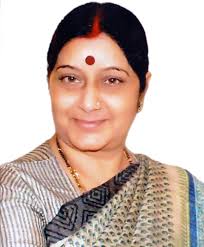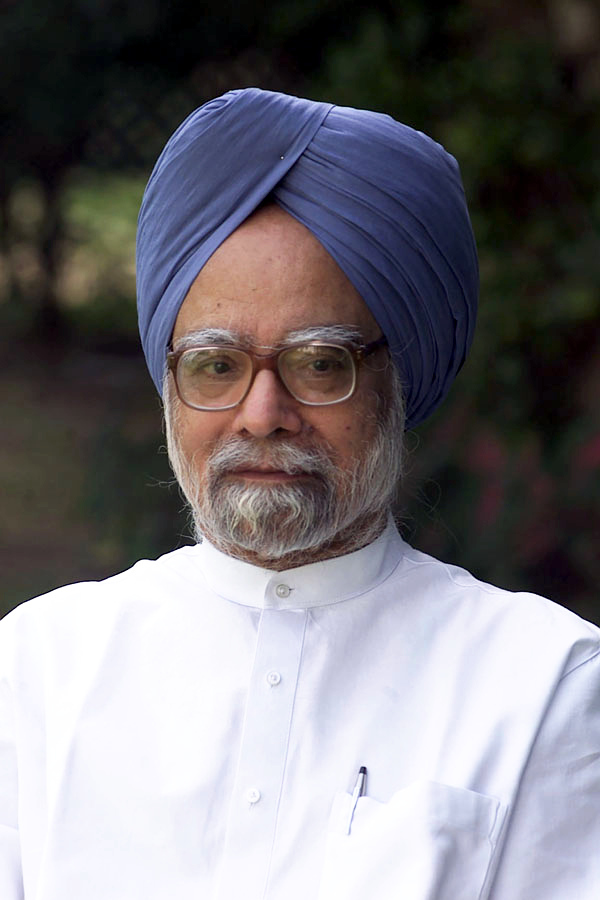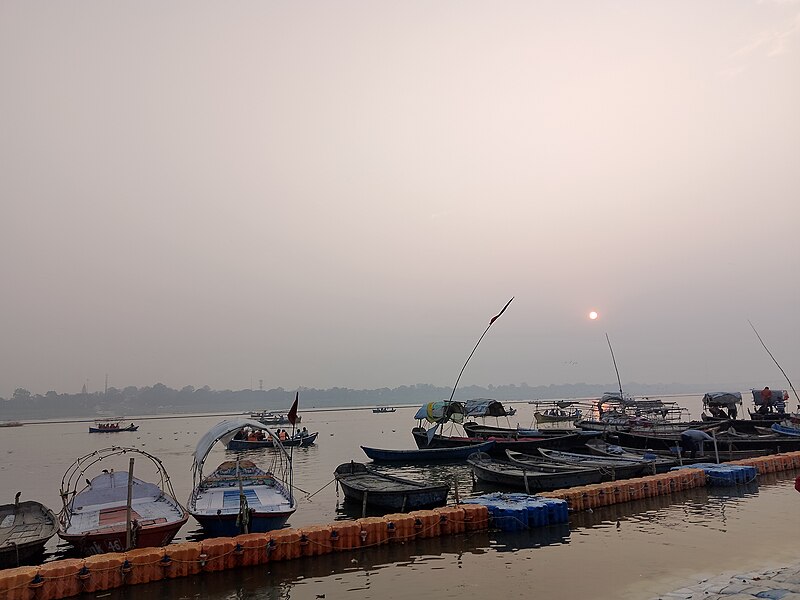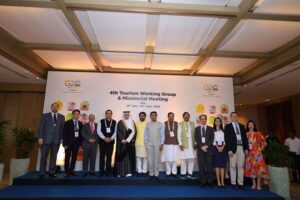With Covid cases, positivity rising, Centre reviews situation
Health Secretary Rajesh Bhushan chaired a high-level meeting to review the Covid-19 situation in Kerala, Maharashtra, Karnataka, Tamil Nadu, Odisha, Assam, Mizoram, Meghalaya, Andhra Pradesh, and Manipur
THC Bureau | July 31, 2021 5:47 pm

The Centre today reviewed the Covid-19 situation in 10 states showing an upsurge in cases and positivity. In districts with more than 10 per cent positivity, strict restrictions have been advised to prevent crowds and intermingling of people, according to an official press release. Also, vaccination will be expedited in these districts.
Health Secretary Rajesh Bhushan chaired a high-level meeting to review the Covid-19 situation in Kerala, Maharashtra, Karnataka, Tamil Nadu, Odisha, Assam, Mizoram, Meghalaya, Andhra Pradesh, and Manipur. The public health measures taken for surveillance, containment, and management of Covid-19 by the health authorities in these states were also reviewed. These states are either reporting a rise in new daily Covid cases or a rise in positivity.
Dr Balram Bhargava, Director General, Indian Council of Medical Research, and other Union and state officials also participated in the meeting.
The Union Health Secretary underlined the critical Covid control and management strategies as below:
All districts reporting positivity rate more than 10 per cent in the last few weeks need to consider strict restrictions to prevent/curtail movement of people, formation of crowds, and intermingling of people to prevent spread of infection. It was forcefully underlined that any laxity at this stage will result in deterioration of the situation in these districts.
More than 80 per cent active cases in these states are reported to be in home isolation. There is need to effectively and strictly monitor these cases so that they are not intermingling and circulating in their neighborhoods, communities, villages, mohallas, wards, etc.
The people in home isolation should be effectively monitored in such a manner to ensure that those who require hospitalization are seamlessly transferred for timely clinical treatment. Detailed SOPs covering various facets of effective clinical management of the patients in hospitals have been earlier shared with the States for prompt shifting and effective hospital management.
It was emphasized that states should focus on those districts where the positivity rate is less than 10 per cent so as to protect these districts and the populations by focusing on saturation of vaccination in these districts.
In the last two months, the Union government has been supporting states by providing oxygen concentrators, oxygen cylinders, and pressure swing adsorption (PSA) plants, the release said. PSA is a technology that is used in medical oxygen generation plants.
In addition to this, states are using their own resources to put up PSA plants in government hospitals. States were advised to direct private hospitals to put up hospital-based PSA plants. States were advised earlier regarding this in the past two months.
ICMR DG Bhargava warned against any complacency with around 40,000 cases being reported daily since the preceding weeks. Highlighting the fact that 46 districts are showing more than 10 per cent positivity while another 53 districts are showing a positivity rate between 5 per cent-10 per cent, he urged the states to ramp up their testing.
The states have been advised to conduct their own state-level sero-surveys for district-wise disease prevalence data, as the national level sero-prevalence survey was heterogeneous in nature, in collaboration with ICMR to ensure the same sturdy protocols of survey. He advised the states to ramp up vaccination in the 60+ and 45-60 age categories as evidence shows near 80 per cent of the mortality is from these vulnerable age groups. Regarding enforcement measures, he advised the state authorities for avoiding all non-essential travel and to discourage all large gatherings of crowds.
The states were also advised to:
Undertake intensive containment and active surveillance in clusters reporting higher cases.
Define containment zones, based on mapping of cases and contacts traced.
Undertake regular reviews and follow-up for implementation of ECRP-II with a focus on augmentation of existing health infrastructure particularly in rural areas and pediatric cases.
Report death count as per ICMR guidelines.






























